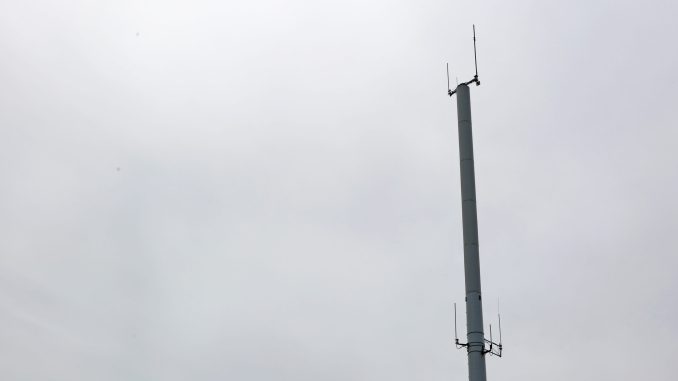
A devastating Tuesday morning house fire in Mattituck tragically took the life of Edy Herrera, a dishwasher at a local eatery who would have celebrated his 27th birthday the very next day. At least a dozen residents have been displaced, but thankfully, all escaped without serious injury.
The initial 911 call came in at 9:43 a.m., Southold police confirmed, and firefighters from at least five area departments were on the scene, some within minutes. Smoke could be seen for miles, but thanks to the skill and coordination of local volunteers, the blaze was quickly contained, no doubt saving lives.
The incident is yet another important reminder of the immeasurable debt we all owe to the volunteers and professionals who put their lives on the line to help keep us safe.
But it’s also a reminder of the pressing needs of those first responders themselves. In our hyper-connected world, it’s easy to assume we can quickly and easily call for help when crisis strikes. But on the front lines, that ability is too often compromised.
Cellphone service across much of Riverhead and the North Fork has been notoriously inconsistent for years, and that’s proving to be a growing and serious risk for area first responders — and, by extension, for us.
Case in point: The Wading River Fire Department has been dealing with persistent connectivity issues for years, and officials now want to construct a communications tower at district headquarters to address them. “It is essential that everyone understand that the primary function of this communication tower — not a cellular tower — is to address the safety of our first responders and subsequently, the community that we serve,” Wading River Fire Commissioner Terrence Culhane said at a public hearing on the issue earlier this month.
So far this year, the department’s volunteers have responded to nearly 1,300 emergency calls — and there have been communication hiccups, including an incident when firefighters at a scene could not reach the firehouse dispatcher to request backup and EMT support — despite being just a quarter-mile from headquarters.
And Wading River is not alone. “There are many residents who don’t own landlines anymore,” said Riverhead police Capt. Danielle Willsey, citing regularly sporadic service in several parts of town. “With the inability of a cellphone to get through, you’re not going to be able to get any help.”
On top of myriad logistical and regulatory hurdles to constructing more cell towers, there are two persistent public concerns: aesthetics and potential health risks from exposure to low intensity radio frequency or microwave radiation. Concealment towers and other technical advances can mitigate the visuals — concerns that, frankly, hold little sway compared to getting through to 911. The FCC last updated its emissions regulations in 1996, the infancy of the cellular age. And while continued research into potential health risks is surely needed — and welcome — it shouldn’t overshadow the actual risks poor communications present right now.
“It all comes down to one word, and that’s ‘need’,” said Gregory Alvarez, a lawyer representing the fire district and other stakeholders. “It’s not just a mere annoyance; it’s something that has seriously impaired the fire district’s ability to communicate and do its job on a day-to-day basis.”
It’s time to help those who help us all.

